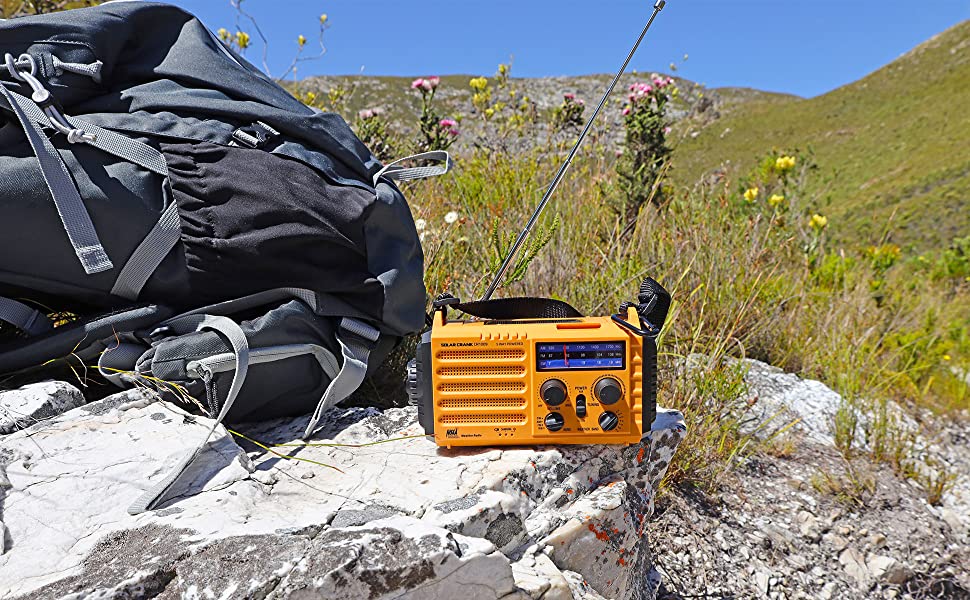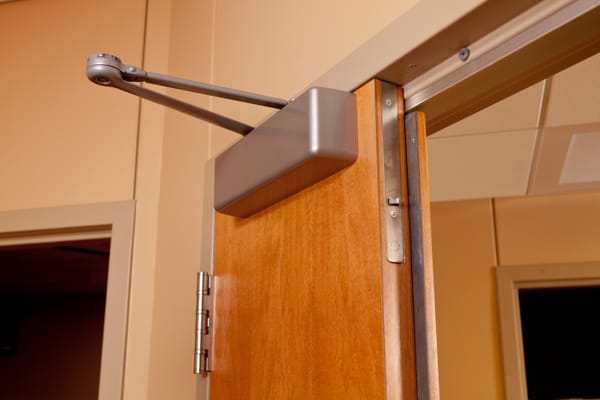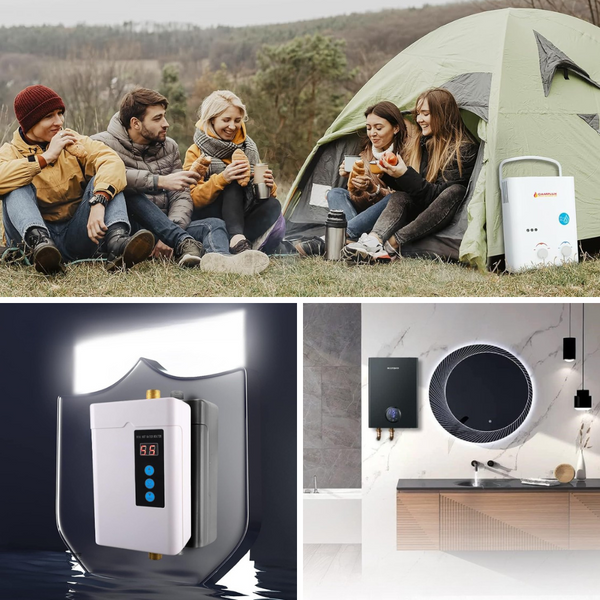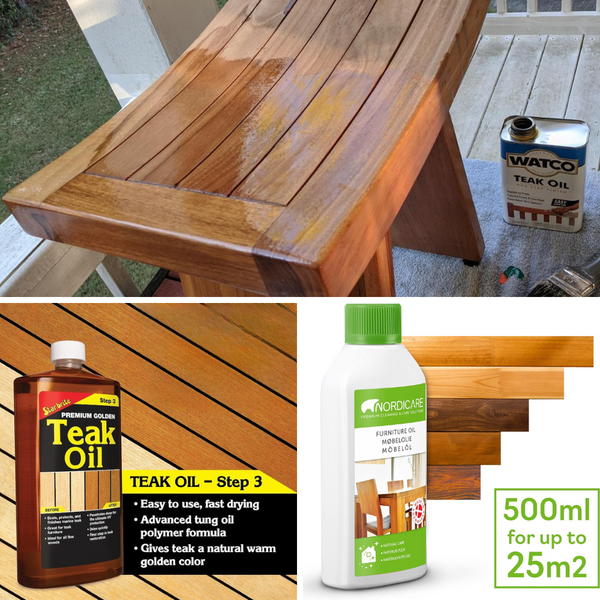When it comes to emergency preparedness, having a reliable communication device is crucial. In a disaster or survival situation, your smartphone or landline may not work or be out of reach, leaving you stranded and cut off from the outside world. That's where survival radios come in. Survival radios are portable, battery-powered, and can receive and transmit signals from emergency services, authorities, and other survivors. They are a lifeline that can help you stay informed, connected, and safe.
In this blog post, we'll explore the basics of survival radios, what features to look for when choosing one, how to use and maintain them effectively, and some of the best models in the market. We'll also answer some common questions like how far survival radios can transmit, what frequency bands they use, and how to extend their battery life. By the end of this guide, you'll have a better understanding of survival radios and be better equipped to pick the right one for your needs.
What are survival radios?
Survival radios, also known as emergency radios or handheld radios, are portable devices that can transmit and receive signals on specific frequencies, usually VHF (very high frequency) and UHF (ultra-high frequency). They can pick up transmissions from emergency services, government agencies, amateur radio operators, and other users within range. Some survival radios also have additional features like weather alerts, GPS navigation, a flashlight, and even solar panels or crank chargers for recharging their batteries.
Survival radios are primarily used for communicating in emergency situations where you need to call for help, report an emergency, or receive updates and instructions from authorities. They are popular among hikers, campers, boaters, travelers, and preppers who want to stay connected in the outdoors or during disasters. Survival radios are also used by first responders, law enforcement, and military personnel for communication and coordination during operations.
What features to look for in a survival radio?
When choosing a survival radio, there are several features you should consider:
Durability: A survival radio should be sturdy, waterproof, and shock-resistant to withstand rough handling and extreme weather conditions. Look for radios with rugged designs and high IP ratings.
Battery life: A survival radio should have long battery life and be able to last for several days or weeks without recharging. Some radios have replaceable batteries, while others have built-in rechargeable batteries.
Range: A survival radio should have a decent range that allows you to communicate with other radios in your area. The range depends on the frequency band, terrain, and obstacles. In general, VHF radios have a longer range than UHF radios.
Channels: A survival radio should have multiple channels that allow you to switch between frequencies and find the best one for your needs. Look for radios with programmable channels that you can customize.
Additional features: Some survival radios have additional features like weather alerts, GPS navigation, SOS signals, and even FM/AM radio. Consider what features are essential for your needs.
How to use and maintain a survival radio?
Using a survival radio is relatively simple, but it requires some practice and knowledge of radio protocols:
Turn on the radio and adjust the volume and channel to the desired settings.
Identify yourself and state your location.
Listen carefully for incoming transmissions and respond accordingly.
Use clear and concise language, avoid jargon, and speak slowly and loudly.
If you encounter an emergency, call for help and provide as much information as possible.
Keep track of the battery level and recharge or replace it when necessary.
Maintaining a survival radio is also critical for its longevity and effectiveness:
Store the radio in a dry and secure place when not in use.
Keep the battery charged and replace it periodically.
Clean the radio's external and internal components regularly to prevent dirt and corrosion.
Test the radio's functionality and range periodically to ensure it works correctly.
Best survival radios on the market
There are many survival radios in the market that vary in price, quality, and features. Here are some of the best models in different categories:
Midland GXT1000VP4: a reliable and affordable two-way radio with excellent range, weather alerts, and multiple channels.
Baofeng UV-5R: a versatile and popular ham radio with dual bands, powerful output, and programmable channels.
Garmin inReach Mini: a compact and advanced satellite communicator with GPS navigation, SOS signals, and two-way messages.
Eton FRX5-BT: a robust and multifunctional emergency radio with AM/FM/SW tuning, Bluetooth connection, solar panel, and crank charger.
Motorola T600 H2O: a rugged and waterproof radio with a floating design, weather alerts, and advanced noise-cancellation technology.
FAQs About Survival Radios
What is the best type of radio for survival?
The best type of radio for survival depends on your needs and the environment you are in. If you are in a remote location, then a shortwave radio is the best option as it can pick up signals from around the world. If you are in an urban area, then a walkie-talkie is the best option as it has a shorter range but is more portable. It is also important to consider the battery life of the radio, as well as any additional features such as weather alerts or GPS tracking.
What is the use of radio in survival?
Radio is an invaluable tool in survival situations. It can be used to contact help, monitor weather and news reports, and receive guidance on how to survive in difficult conditions. Radio can also be used to communicate with other people in the area, allowing for the coordination of rescue efforts or sharing resources. Additionally, radio can be used to entertain yourself while waiting for help to arrive, providing a much-needed distraction.
What radio is used for emergencies?
Emergency radios are typically used to receive and transmit emergency communications. Most emergency radios are equipped with the ability to receive signals from multiple frequencies, including AM, FM, CB, and NOAA weather. These radios are also equipped with features such as NOAA weather alerts, emergency power sources, and solar charging capabilities. Emergency radios can be a great tool to have in case of an emergency, as they can help you stay informed and connected.
Survival radios are a must-have for anyone who wants to stay prepared and connected in emergency situations. They are versatile, easy to use, and can provide a lifeline when other communication devices fail. By choosing a reliable survival radio with essential features, learning how to use and maintain it, and practicing radio protocols, you can enhance your chances of survival and help others in need. So, don't wait for a disaster to strike before getting a survival radio. Make it a part of your emergency kit today and stay safe and informed.








